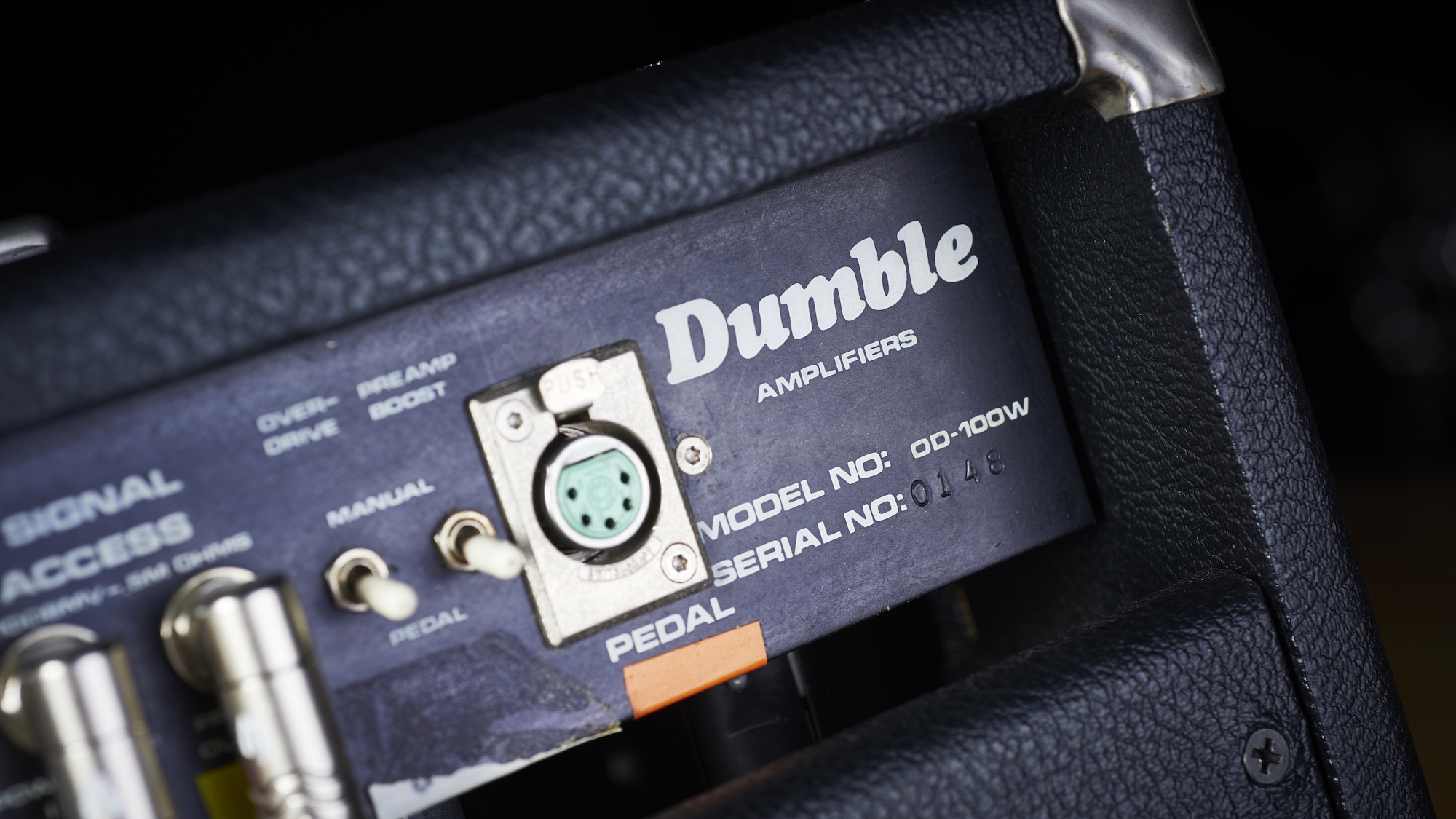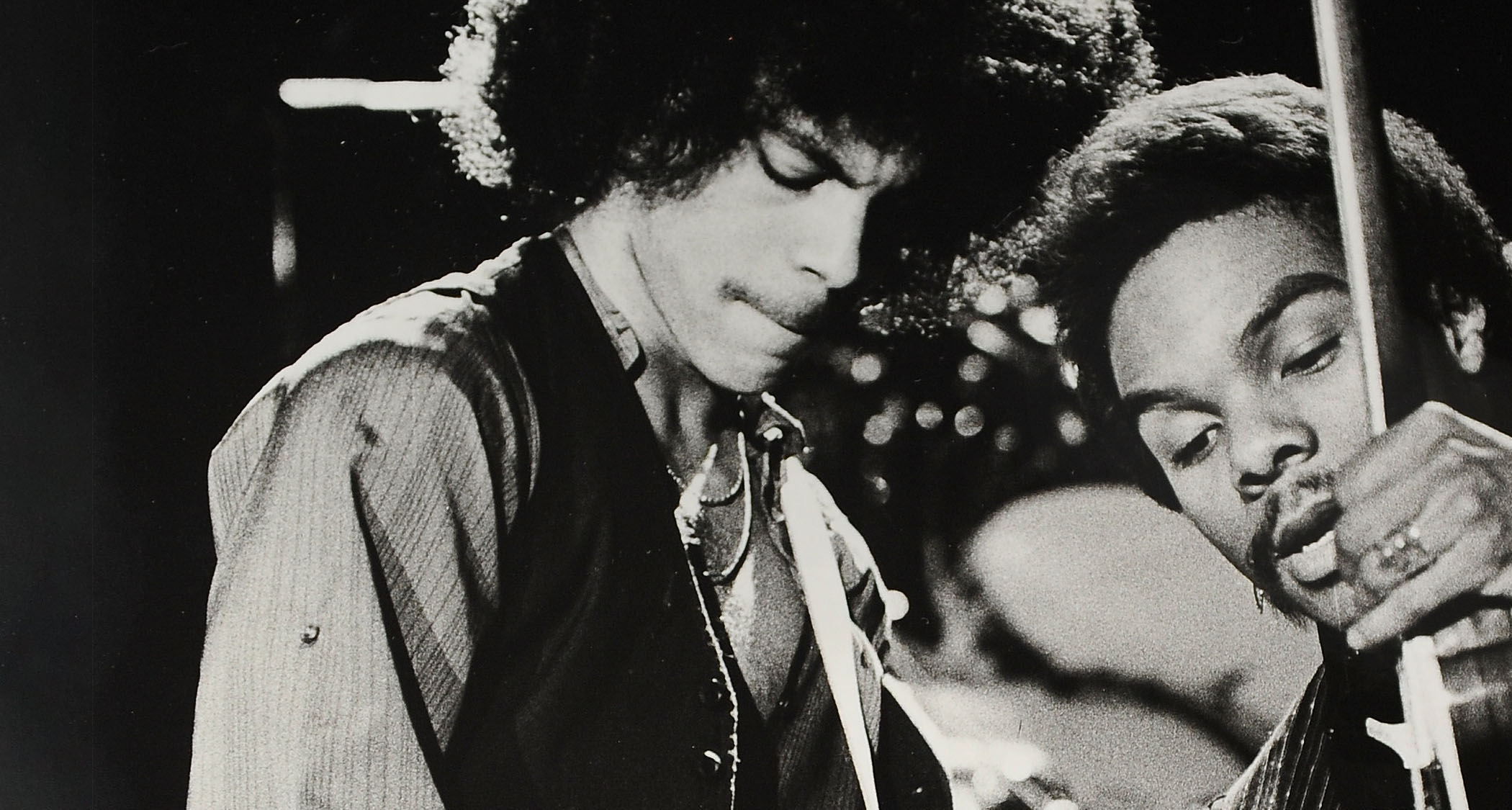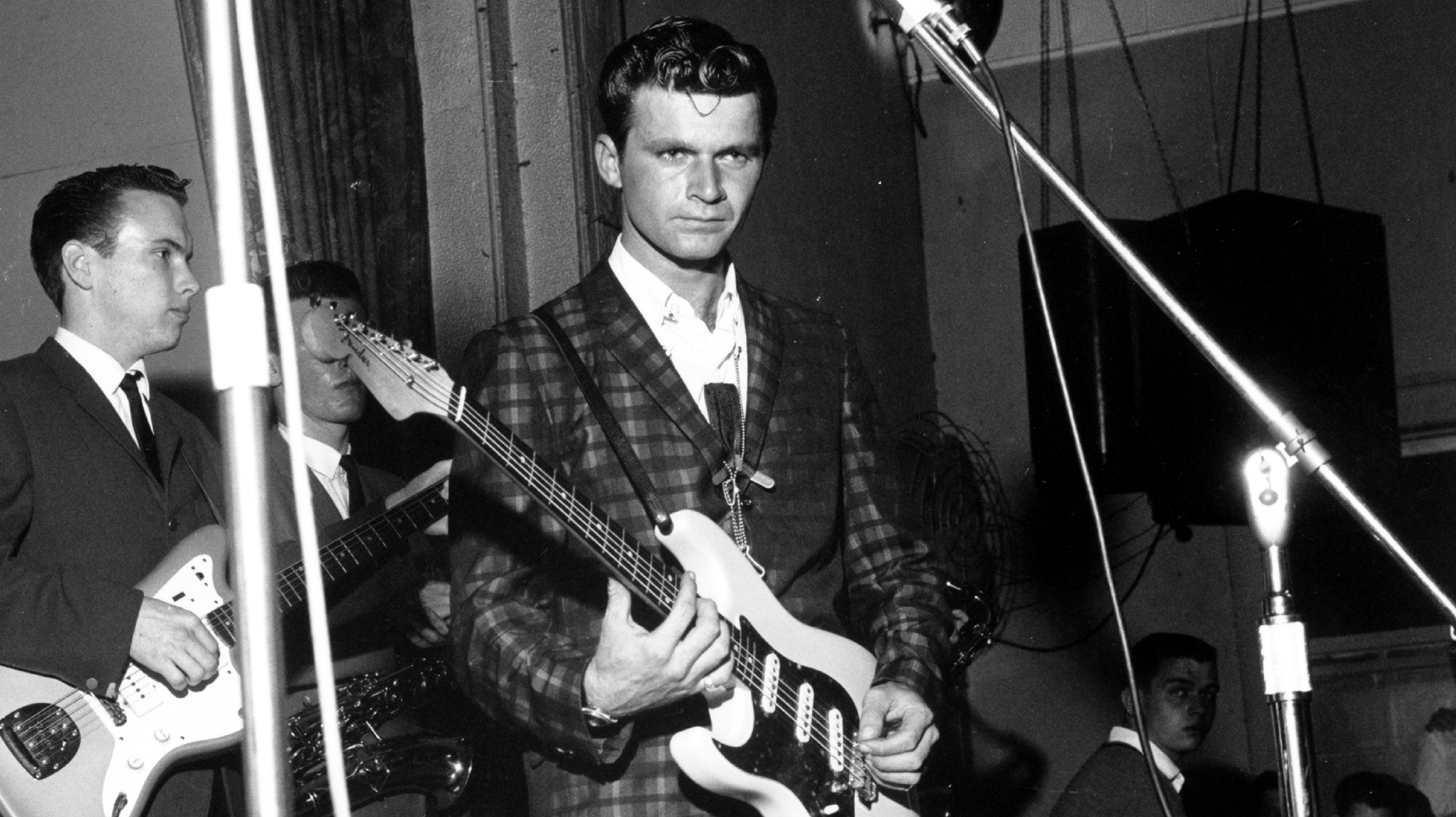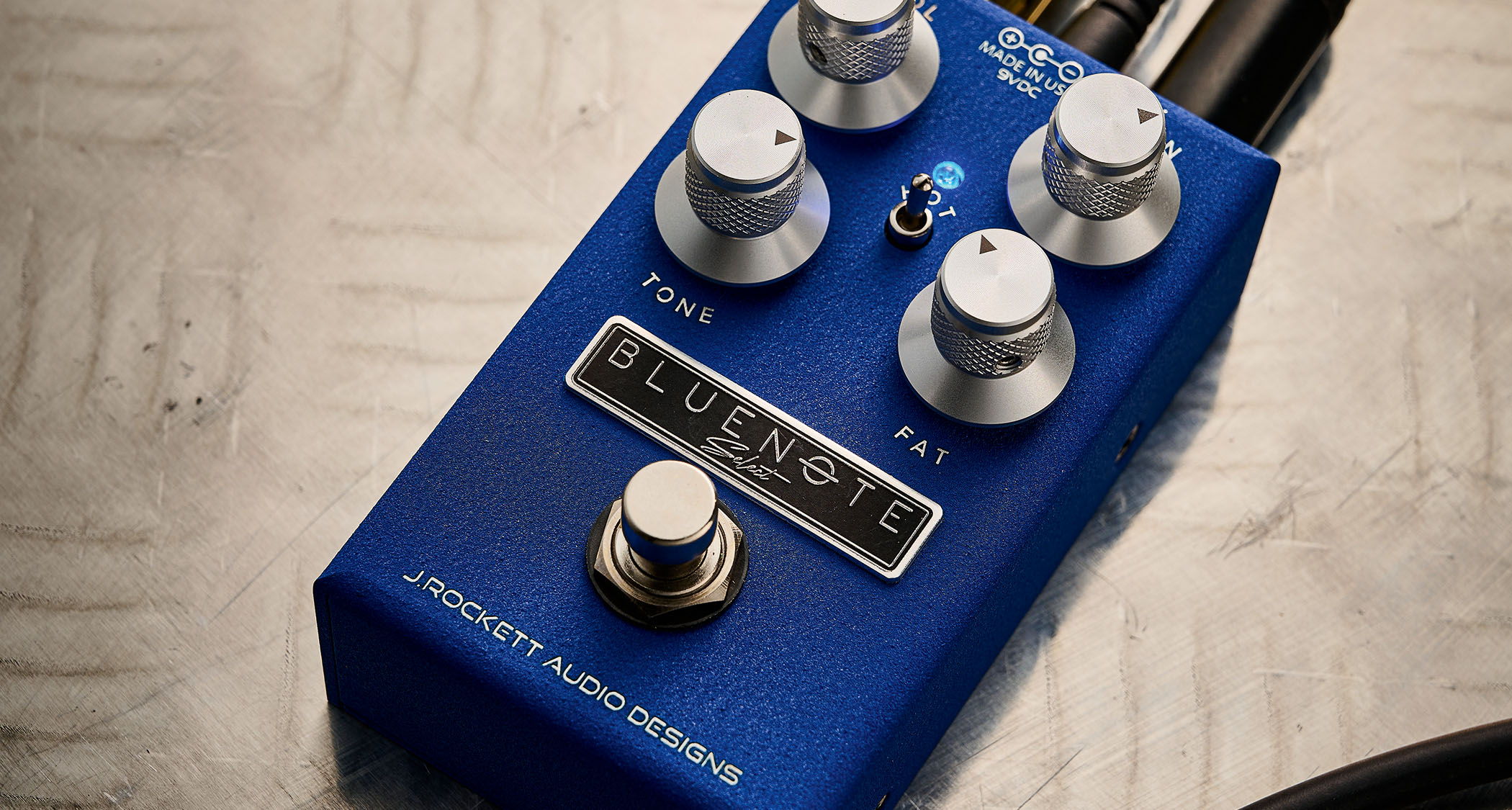“A distinctive brightness that no other strings have been able to capture”: How Rotosound revolutionized the bass world with its Swing Bass 66 strings – and shaped the sound of rock music in the process
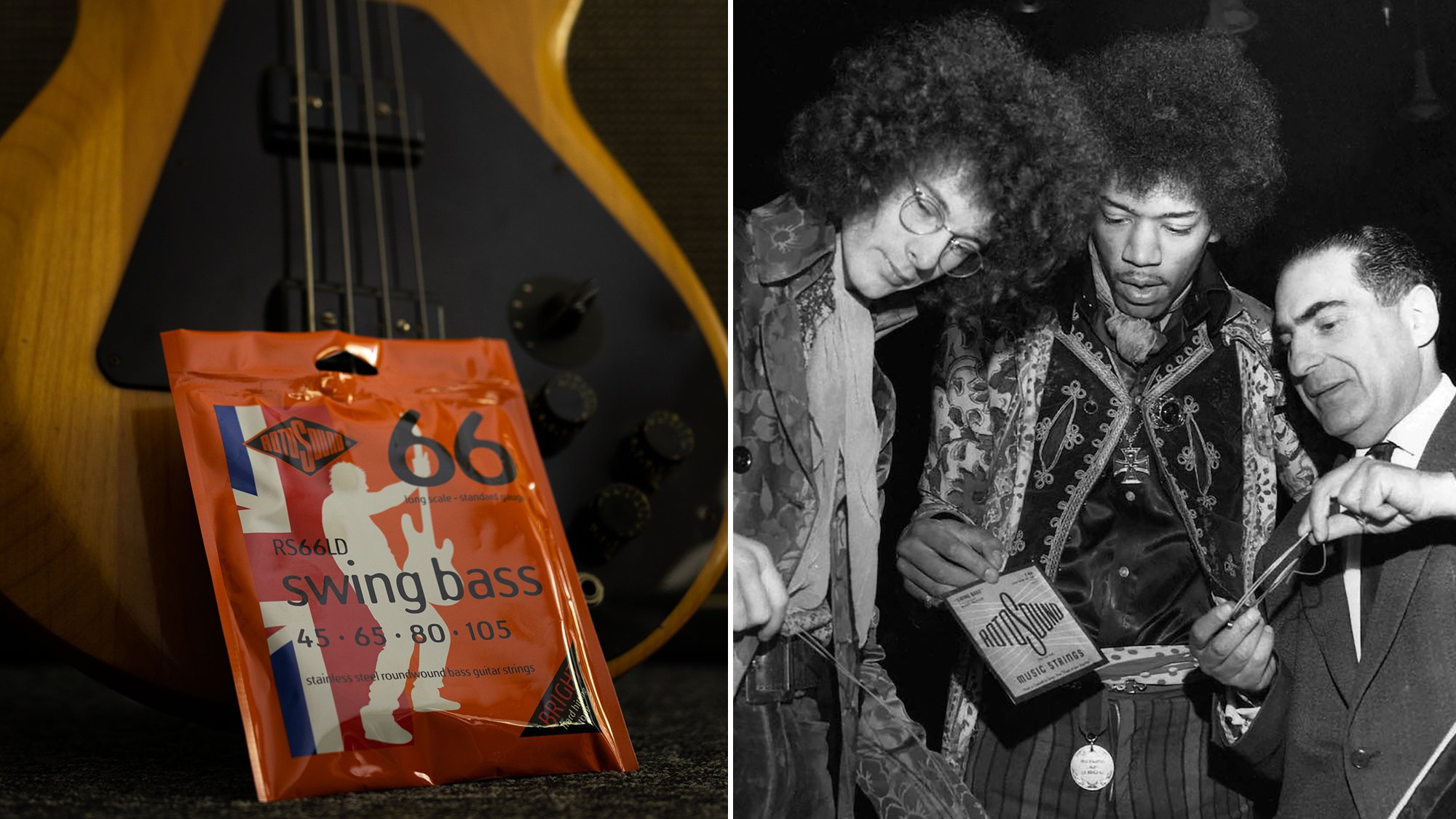
When it comes to bass guitars, there are a few key features that dictate tone and feel, and for all the conversations surrounding tonewoods, pickups and beyond, one of the most important factors to consider is how the instrument feels under your fingers. In other words, you need to be aware of what strings you're playing.
It’s easy to take strings for granted, but not all strings are made equally, and there very much is a gulf in performance between good bass strings and great ones.
Indeed, there are some that have been engineered and tweaked by some of the finest instrumental minds of our time – and Rotosound’s Swing Bass 66 strings represent the very peak of bass string innovation.
First developed in the mid 1960s, the Rotosound Swing Bass 66 strings have since stood the test of time, having been developed by big name players and beloved by bassists over the decades from across the entire genre spectrum, from classic rock acts of the 20th century to the counterculture mainstays of today’s music scene.
It’s rare that something so humble as a bass string can have such an impact, but in the case of the Swing Bass 66, such words are not hyperbole.
Renowned for their incomparable brightness and punchy character that helps basses push through the mix, the stainless steel Swing Bass 66s offer a unique formula of core-to-cover wire ratios using premium materials that have not – scratch that, cannot – be replicated by other brands.
But just how did Rotosound come to revolutionize bass strings? Well, as the firm explains, the story begins in the mid 1960s, when the firm’s founder James How developed a set of strings that would withstand the emerging demands of rock concerts and meet the requirements of the era’s players.
Get The Pick Newsletter
All the latest guitar news, interviews, lessons, reviews, deals and more, direct to your inbox!
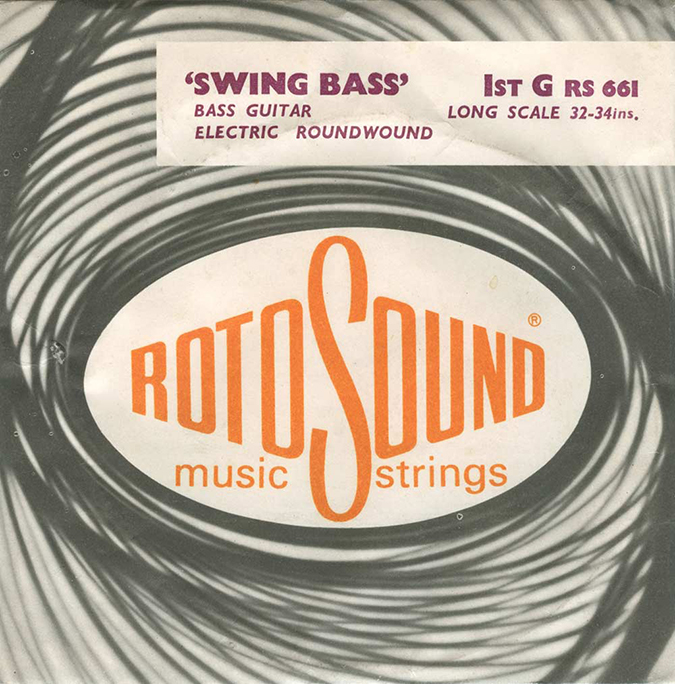
“Until the arrival of Rotosound’s roundwound stainless steel strings in the mid-sixties, bass guitar strings tended to be all thump and no bite, leaving electric guitars and drum kits to overshadow the much maligned bassist,” Jack Dunwoody, Rotosound Marketing Manager, tells Guitar World.
“The Swing Bass 66 string was designed to dramatically improve sustain and sound punchy enough to compete with the other members.”
To meet this brief, How began developing what would become the first roundwound music string designed especially for the needs of electric bass guitar players. Before long, he was working with none other than John Entwistle of The Who to perfect the design.
“Entwistle’s influence on the Swing Bass 66 design, and on bass players as a whole can’t be denied,” Dunwoody goes on. “He clearly knew what his role was in The Who and how his instrument needed to perform to achieve this.
“It’s not the case with all musicians, but Entwistle could obviously articulate what kind of tonal characteristics he was after and James, with his background in music and engineering, had the skill to make this a reality.
“He approached James looking to improve his bass strings, which he found lacked the power needed to keep up with Pete Townshend and Keith Moon’s wall of sound. Entwistle rocked up to Rotosound’s factory with his bass, testing different strings as they came off the machine, until James found the perfect combination of materials and winding tension.”
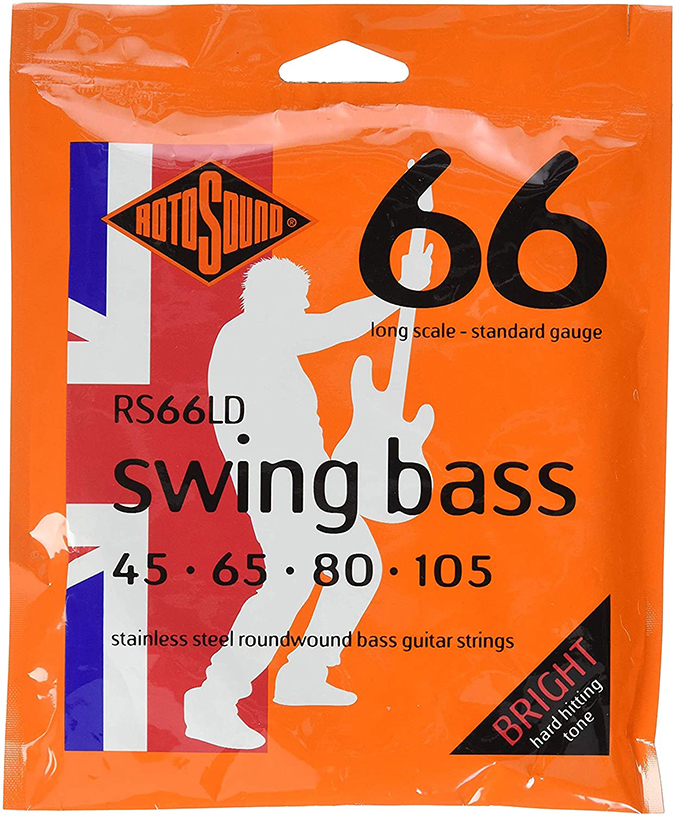
Entwistle wasn’t the only player to have a say in the Swing Bass 66 lineage, though. Billy Sheehan also brought some ideas to the table, and would help create an altogether different gauge set to produce more even string-to-string tension. The resulting signature set continues to be one of Rotosound’s most popular bass string sets.
Upon their development, the Swing Bass 66s would go on to define the face of rock music as we know it, and can be heard on some of music’s most revered and influential albums from across the history books. The Who’s Live at Leeds and Who’s Next, The Jimi Hendrix Experience’s Electric Ladyland, Rush’s Moving Pictures, Queen’s A night At The Opera, Nirvana’s Nevermind and Oasis’ What’s the Story, Morning Glory are just some of the iconic records to have been shaped by Rotosound strings.
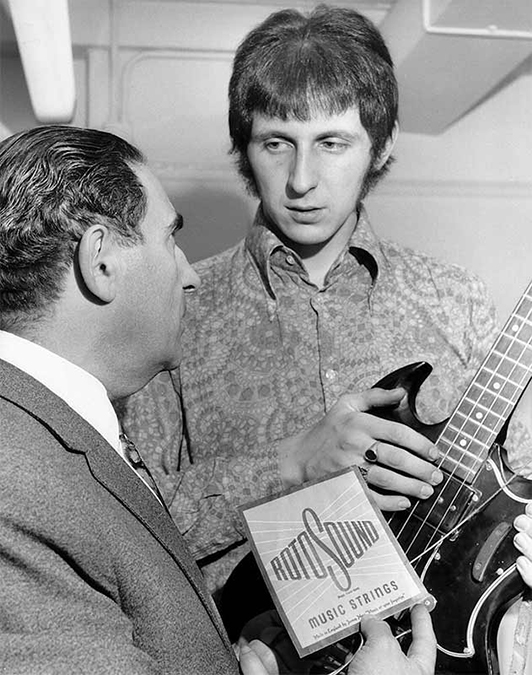
The Clash, The Damned, Sex Pistols, The Jam and The Slits were also loyal Rotosound champions, and that lineage continues to this day: currently, IDLES, Black Honey, The Mysterines and Los Bitchos are among the many contemporary acts flying the flag for the Swing Bass 66 strings.
“We’re incredibly grateful to have many important musicians play Rotosound strings over the decades,” Dunwoody reflects. “I’ve had times when I’ve been in the car and a dozen or more songs in a row come on the radio that have been recorded with our strings.”
Bassists looking to improve their tone – and follow in the sonic footsteps of their heroes – will be hard pressed to find a string more suitable for the task than the Swing Bass 66s.
Players making the switch can expect an assertive tone, one probably brighter than they’re used to, that will help them stand out in a crowded mix. They can also expect a difference in the physicality of the strings: they’re not like your usual nickel-wound strings, thanks to their stainless steel composition.
“I think that players know what to expect from our Swing Bass 66 sets: expertly made bass strings that pack a punch. The fact that their bass playing idols – be it Jack Bruce, John Paul Jones, Bruce Foxton or Geddy Lee – have consistently relied on these strings is a good enough reason for them to give them a go.”
“Stainless steel strings aren’t as smooth as nickel-wound strings, so you might notice a “grippy” feel to them, which many players love,” says Dunwoody. “Billy Sheehan once said, ‘I’m a finger player and when my fingers grip the string the edges on the Rotosounds, because they’re hand wound, grip really strongly so I can get a really good snap of power out of each note.’

“I often say to bassists and guitarists that they should consider trying different strings if they want to change their tone. Compared to changing pickups, effects pedals, or amps, buying a new set of strings is a small expense that can make a huge difference to tone and how you approach your instrument.
“So next time you change strings, why not join the multiple generations of bassists who have played Swing Bass 66 strings?”
Head over to Rotosound to find out more.

Matt is the GuitarWorld.com News Editor. He has a Masters in the guitar, a degree in history, and has spent the last 16 years playing everything from blues and jazz to indie and pop. When he’s not combining his passion for writing and music during his day job, Matt records for a number of UK-based bands and songwriters as a session musician.
“It’s almost impossible for our machinery to make a bad string”: Jim D’Addario on the history, innovations and future of the world’s biggest string manufacturer – and its biggest-selling string sets
“I’m not going to say that some are ‘better’ at it, but they’re more valuable testers”: D’Addario recruits players to help test its strings – and there's one jazz veteran who is more reliable than most

